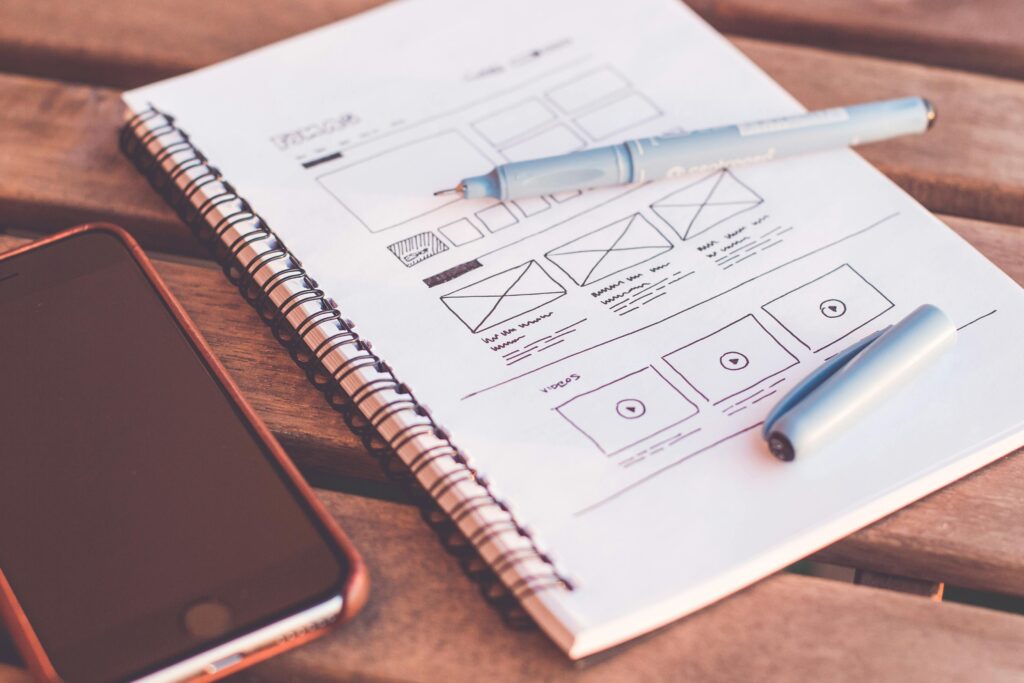Creating exceptional product designs requires a blend of creativity, technical skill, and user empathy. Whether you’re a seasoned designer or just starting, these tips can help you enhance your design process and create more impactful products. Additionally, leveraging the right platforms can streamline your workflow and boost your skills.
Product Design Tips for Designers
- Understand Your Users: Conduct thorough user research to understand the needs, behaviors, and pain points of your target audience. This insight is crucial for creating products that truly resonate with users.
- Create User Personas: Develop detailed user personas to represent different segments of your audience. These personas help guide design decisions and ensure that the product meets the diverse needs of its users.
- Focus on Usability: Prioritize usability in your design. Ensure that your product is intuitive, easy to navigate, and accessible to all users. Conduct usability testing to identify and fix any issues early in the design process.
- Embrace Iterative Design: Adopt an iterative design approach, where you continuously test, gather feedback, and refine your product. This helps you make incremental improvements and avoid major redesigns later.
- Prototype Early and Often: Create prototypes to visualize your ideas and gather user feedback. Start with low-fidelity wireframes and move to high-fidelity prototypes as the design evolves. Prototyping helps you identify potential issues and validate your concepts.
- Maintain Consistency: Ensure consistency in your design elements, such as colors, typography, and layouts. Use design systems or style guides to maintain a cohesive look and feel across your product.
- Collaborate with Stakeholders: Work closely with stakeholders, including developers, product managers, and marketing teams. Collaboration ensures that the design aligns with business goals and technical feasibility.
- Stay Updated on Design Trends: Keep abreast of the latest design trends and technologies. This helps you stay competitive and incorporate modern, relevant elements into your designs.
- Gather Feedback: Seek feedback from peers, mentors, and users regularly. Constructive criticism can provide valuable insights and help you improve your design skills.
- Continue Learning: Design is an ever-evolving field. Continuously enhance your skills by taking courses, attending workshops, and participating in design communities.

Top Platforms to Utilize and Learn
- Figma: Figma is a powerful, cloud-based design tool that supports real-time collaboration. It’s excellent for creating wireframes, prototypes, and high-fidelity designs. Figma’s extensive plugin library and community resources make it a must-have for designers.
- Adobe XD: Adobe XD is a versatile design and prototyping tool that integrates seamlessly with other Adobe Creative Cloud applications. It’s ideal for designing user interfaces and creating interactive prototypes.
- Sketch: Sketch is a popular design tool for macOS, known for its simplicity and efficiency. It’s widely used for UI/UX design and offers a robust set of features for creating high-fidelity designs and prototypes.
- InVision: InVision is a comprehensive platform for design collaboration and prototyping. It allows designers to create interactive prototypes and gather feedback from stakeholders, streamlining the design process.
- Axure RP: Axure RP is a powerful tool for creating detailed wireframes and interactive prototypes. It’s particularly useful for designing complex user interfaces and user flows.
- UserTesting: UserTesting is a platform for conducting usability tests and gathering user feedback. It provides valuable insights into how real users interact with your product, helping you identify areas for improvement.
- Coursera and Udemy: These online learning platforms offer a wide range of courses on product design, UX/UI design, and related topics. They’re great resources for expanding your knowledge and learning new skills.
- Dribbble and Behance: Dribbble and Behance are creative communities where designers can showcase their work, get inspired, and connect with other professionals. They’re also excellent platforms for finding freelance opportunities and gaining exposure.
- Miro: Miro is a collaborative online whiteboard platform that’s perfect for brainstorming, wireframing, and creating user flows. It supports real-time collaboration, making it ideal for remote design teams.
- Notion: Notion is an all-in-one workspace that can be used for project management, note-taking, and collaboration. It’s highly customizable and can help designers stay organized and efficient.
By incorporating these tips and leveraging the right tools, you can enhance your product design process, create user-centered products, and stay ahead in the ever-evolving design landscape.
